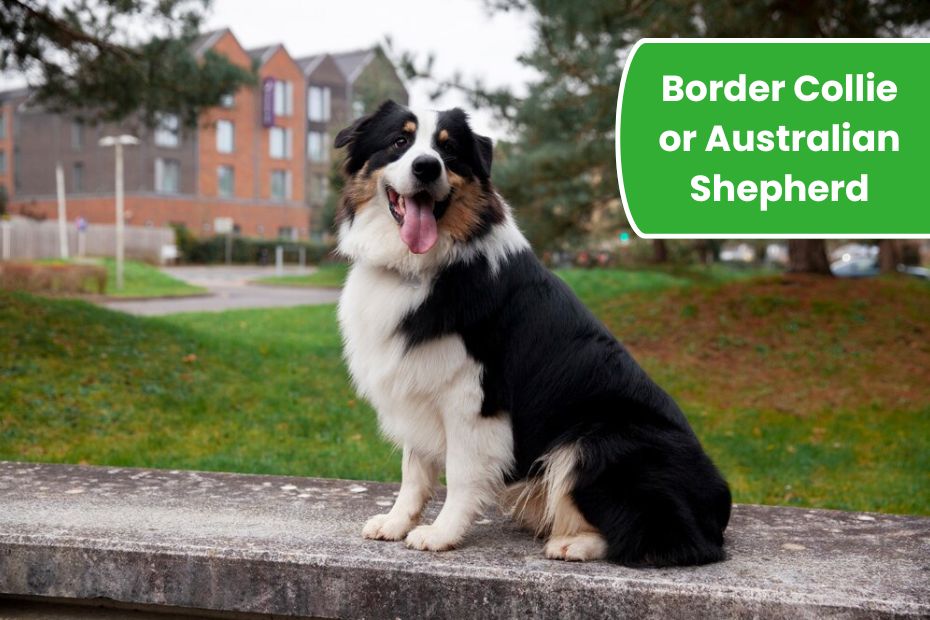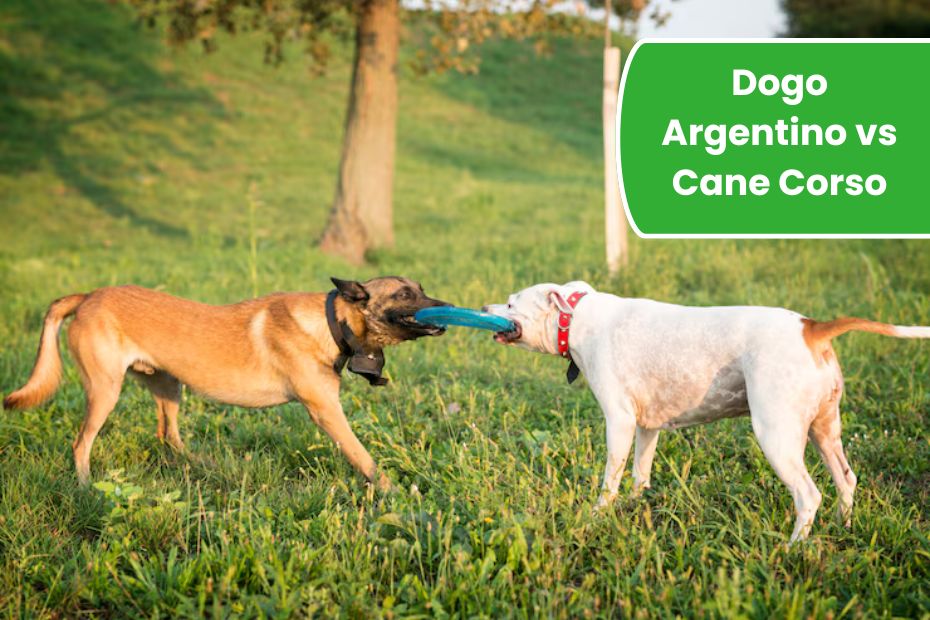In the world of powerful guardian dogs, two breeds often spark intense debates among canine enthusiasts: the Dogo Argentino and the Kangal. Both are known for their formidable strength, protective instincts, and fearless personalities. However, despite their similar roles as protectors, they come from vastly different backgrounds and possess unique characteristics.
While the Dogo Argentino hails from South America with a hunting legacy, the Kangal originates from Turkey as a livestock guardian. This article delves into a detailed comparison of these two canine titans, exploring their history, physical attributes, temperament, training needs, and suitability as family companions. By understanding these differences, you’ll be better equipped to choose the right breed for your needs.
Origins and Historical Purpose
The Dogo Argentino was developed in Argentina in the 1920s by Dr. Antonio Nores Martinez, specifically for big-game hunting. This breed was created to be both a relentless hunter of wild boars and pumas and a loyal family protector. Its lineage includes the now-extinct Cordoba Fighting Dog, mixed with breeds like the Boxer, Great Dane, and Bull Terrier. On the other hand, the Kangal has a much older history, originating from the Sivas region of Turkey.
Bred for centuries by Turkish shepherds, the Kangal’s primary role was to protect livestock from predators such as wolves, jackals, and even bears. Unlike the Dogo’s hunting focus, the Kangal excels in territorial protection and is known for its calm yet assertive guarding style. Both breeds are a testament to their respective regions’ cultural heritage and functional needs.
Physical Appearance and Strength
When it comes to sheer physical power, both breeds are impressive but differ in build and appearance. The Dogo Argentino is a muscular, athletic dog, standing between 24-27 inches tall and weighing 80-100 pounds. Its distinctive white coat, designed for visibility during hunts, gives it a striking appearance. Built for agility and stamina, the Dogo combines power with speed.
In contrast, the Kangal is larger and heavier, often standing 28-32 inches tall and weighing 100-145 pounds. It has a dense double coat in light tan with a characteristic black mask, providing protection against harsh weather conditions. The Kangal’s strength lies in its bite force, reputed to be among the strongest of all dog breeds, making it an unparalleled guardian against large predators. While the Dogo excels in dynamic strength and agility, the Kangal dominates in raw power and endurance.
Temperament and Behavior
The Dogo Argentino is known for its courageous, determined, and affectionate nature. Despite its hunting background, it forms strong bonds with its family and can be gentle with children when properly socialized. However, it has a strong prey drive and requires early training to prevent aggression towards other animals. The Kangal, in contrast, is calm, composed, and exceptionally loyal. It is naturally protective but rarely aggressive without cause.
Its temperament is well-balanced, making it an ideal livestock guardian that assesses threats with remarkable intelligence. Unlike the Dogo, the Kangal prefers to intimidate rather than engage unless provoked. Both breeds are territorial and need firm, experienced handlers. While the Dogo is more active and driven, the Kangal’s calm vigilance makes it a reliable and stable protector for large properties or rural settings.
Training, Exercise, and Care Needs
Both breeds require dedicated training and exercise, but their needs vary in intensity and style. The Dogo Argentino demands vigorous daily exercise, mental stimulation, and structured training sessions. It thrives on activities like agility courses, long runs, and obedience challenges. Without proper outlets, Dogos can become restless and destructive. The Kangal, though less energetic, needs ample space to roam and patrol.
Its exercise requirements are moderate but consistent, focusing on purposeful movement rather than high-speed activity. Training a Kangal involves reinforcing its guardian instincts while ensuring it responds reliably to commands. Grooming-wise, Dogos have low-maintenance short coats but need protection from sunburn due to their light color. Kangals, with their dense double coats, require seasonal shedding maintenance and routine brushing. Both breeds benefit from early socialization and firm, positive reinforcement training to develop into balanced adult dogs.
Comparison: Dogo Argentino vs Kangal
| Feature | Dogo Argentino | Kangal |
|---|---|---|
| Origin | Argentina (1920s) | Turkey (Ancient livestock guardian) |
| Height | 24-27 inches | 28-32 inches |
| Weight | 80-100 lbs | 100-145 lbs |
| Coat & Color | Short, white coat | Dense double coat, tan with black mask |
| Temperament | Energetic, brave, affectionate | Calm, composed, highly protective |
| Exercise Needs | High – requires intense physical activity | Moderate – needs space and purposeful movement |
| Family Compatibility | Active, experienced families | Best for rural settings, experienced owners |
| Bite Force (PSI) | Approx. 500 PSI | Approx. 700-743 PSI (strongest among dogs) |
FAQ’s
Which breed has a stronger bite force, Dogo Argentino or Kangal?
The Kangal holds the record for the strongest bite force among dog breeds, with a PSI of 700-743, significantly higher than the Dogo Argentino’s estimated 500 PSI.
Are Dogo Argentinos more aggressive than Kangals?
Dogos have a stronger prey drive and can be more aggressive without proper socialization. Kangals are calmer but fiercely protective when provoked.
Which breed is better for rural property protection?
The Kangal is specifically bred for livestock and large property protection, making it ideal for rural environments, while Dogos are better suited for active families seeking a personal guardian.
Can a first-time dog owner handle a Dogo Argentino or Kangal?
Neither breed is suitable for first-time dog owners due to their size, strength, and need for experienced handling and early socialization.
Which dog requires more exercise?
Dogo Argentinos need more vigorous daily exercise, including running and agility tasks, while Kangals are content with moderate activity and free roaming in spacious areas.


